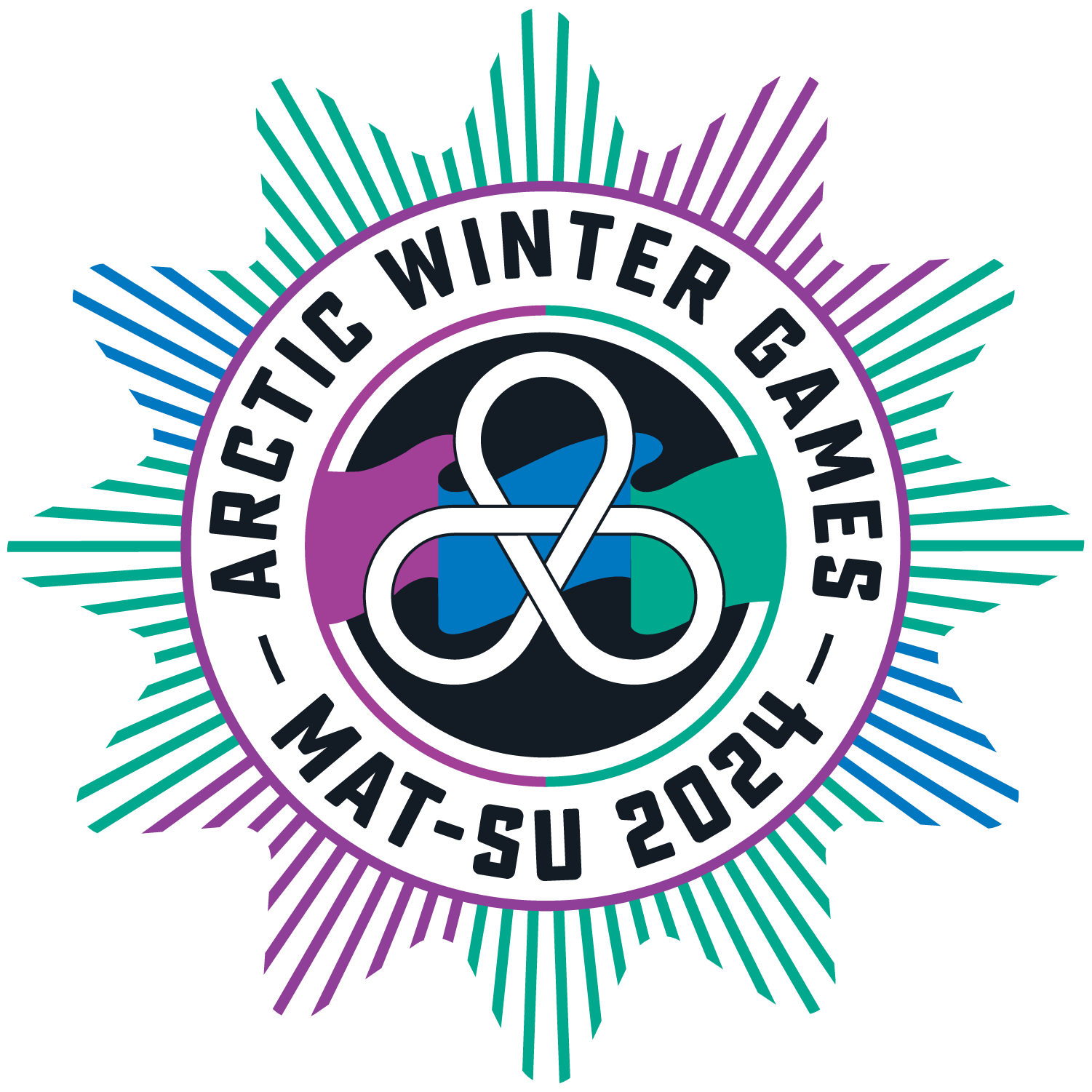Traditional Meets Modern Style at the First Ever Indigenous Fashion Show at the 2024 Arctic Winter Games
- Bethany Buckingham
- Mar 16, 2024
- 3 min read
Thursday’s evening performances opened with Ashley Young, an artist from Yakutat who now lives in Anchorage, performing on guitar a few of her pieces from her Window Seat album and a new unreleased song. Her ballads set the stage for an epic night of culture and music. As the last strains of applause for Young’s songs echoed through the Glenn Massey theater, the lights dimmed. It was time for fashion forward to take the stage.
The first designer to showcase her art, Merna Lonack Wharton, embodied tradition with her skin sewing masterpieces adorning models moving in a stylish walk. She is a proud Yup’ik woman from Akiacuaq (Akiachak), living in Anchorage, and is an Alaska Native artist, poet, seamstress and carver.
Golga Oscar graced the stage with his mix of traditional and modern seal skin designs. His evening gown with a fur yoke inspired admiring whispers. Golga is a Yup’ik artist from southwest Alaska who is self-taught and uses modern textiles. Through traditional art forms and sewing skills, he creates cultural attire, a vital visual element in his photographic imagery.
The next models for Kaylyn Baker meshed modern with traditional. “I heard a phrase one time – ‘symphony of thoughts’ – that I really like,” she says. Her symphony of pieces meshes traditional techniques with very unconventional materials, mixing textures and colors.
“I give myself permission to try things. I do whatever I feel like in the moment,” she added. Baker is Northern Tutchone and Tlingit specializing in beads and tufts. She also incorporates black and white quillwork. Each piece is a memory or story told in textures, colors, and a unique material language. The highlight of her collection was a dress with moose antlers attached to the back like wings. The antlers appeared to be velvet but incorporated beaded appliques. The crowd was in awe of those antlers.
Britt’nee Brower led us further into how modern style meets tradition.Traditional Qupak motifs stood out on pants with a strong black and white contrast. Whether dressed up or dressed down, these pants and sweatshirts were the talk of the audience. Brower is a supporter of language revitalization, storytelling, art, and traditional tattooing of her Inupiat heritage.
One of the youngest designers to showcase their art was Cohen Quash, thirteen years old and taking the runway by storm. He is an accomplished fashion designer and beading artist from Watson Lake, Yukon Territory. He launched his first clothing line, Mesdzih Eskiye Designs, when he was eleven years old. His beaded medallions highlight his Kaska Dene, Talhtan and Tlingit heritage. Quash attributes his success to his family, mentors, and supporters, but he says his greatest inspiration is his great-grandmother, Pansy. As he and his models were lined up on the runway, they threw knitted hats to lucky crowd members.
The youngest designer was Hannah Itta, a twelve-year-old Inupiat from Utqiagvik. She started out by helping to model her mother’s fashion designs when she was two years old. In 2022 she created two dresses for her mother to wear during her fashion show in New York. Itta uses iridescent materials to create a futuristic feel. This is her first fashion show, and the audience showed her love with thundering applause.
Closing out the fashion part of the evening was designer Bobby Itta Brower, an enrolled citizen of the Native Village of the Barrow in Utqiagvik. She learned to skin sew at the age of thirteen in her Inupiaq language class. Her seal skin motif clothing included outerwear and ready to wear fashions. The highlight of her collection, based on audience reaction, was an evening gown with seal skin and velvet. Bobby Itta Brower founded her own business, Arctic Lux. Her work has been in international fashion shows and national shows.Teaching the next generation of skin sewers helps her keep the Inupiaq traditions alive.
As the models and their designers lined the stage, the audience erupted in applause. Their creations brought traditional knowledge and skills into modern clothing that can be worn when practicing traditional ways of subsistence living or relaxing after competing in the Arctic Winter Games.
“I am glad they came to share their culture,” said Alma Ortega, an audience member. “The young designers have a gift to give us. I hope they continue with their work and pass on their knowledge. They were amazing!”
The bar has been set high as this fashion show could become the 22nd sport of the Games behind pin trading. We shall see what next year holds but there is excitement that the indigenous fashion show will continue in 2026.
